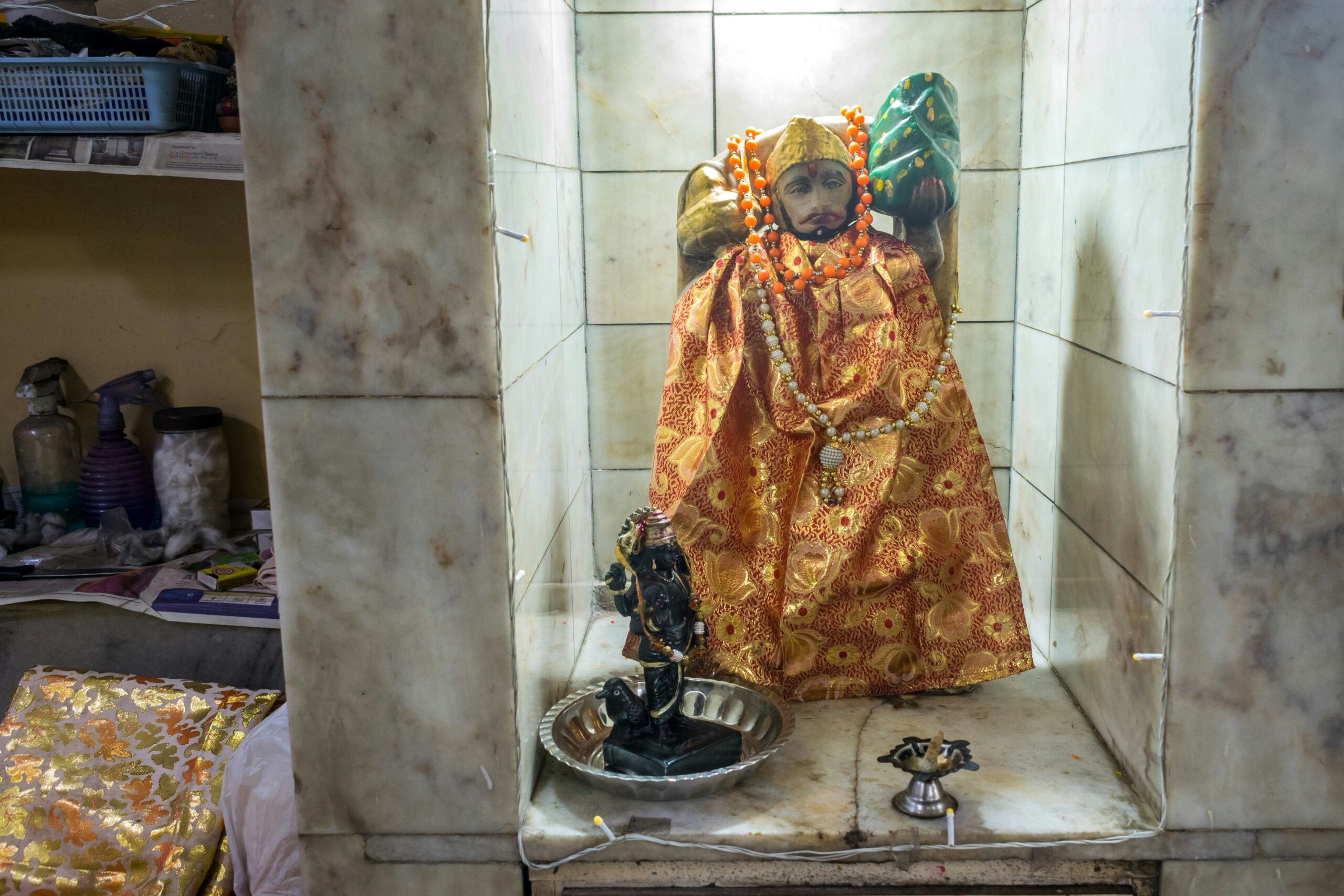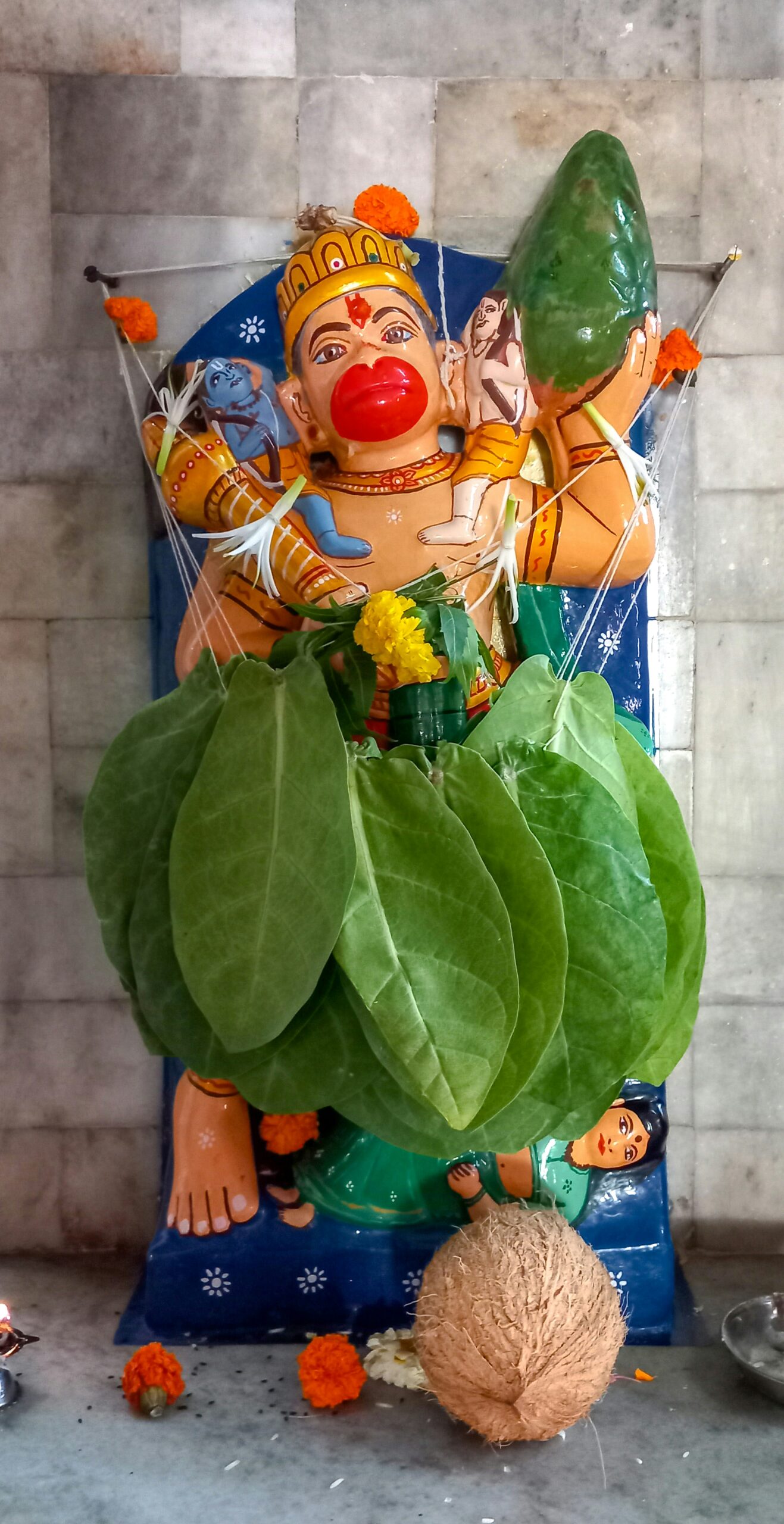In this article, you will discover a concise and captivating summary of the renowned epic, Ramayana. This ancient Indian tale depicts the extraordinary journey of Prince Rama, who embarks on a heroic quest to rescue his beloved wife, Sita, after she is abducted by the demon king, Ravana. Along the way, Rama encounters a host of divine allies, including the mighty monkey warrior Hanuman, while facing formidable challenges and moral dilemmas. Filled with love, bravery, and devotion, the plot of Ramayana delves into timeless themes of righteousness, good versus evil, and the triumph of honor. So, immerse yourself in this captivating narrative as we unravel the enthralling plot of Ramayana.
Table of Contents
The Birth and Childhood of Rama
The Birth of Rama
The story of Ramayana begins with the birth of Rama, an avatar of Lord Vishnu, who was born to King Dasharatha and Queen Kaushalya in the ancient city of Ayodhya. The birth of Rama was celebrated with great joy and enthusiasm by the people of Ayodhya. It is said that when Rama was born, the gods and goddesses descended from the heavens to bless the newborn prince. The birth of Rama marked the beginning of a great epic that would unfold in the coming years.
The Education of Rama
As Rama grew older, he received the best education and training befitting a prince. He learned the scriptures, mastered various arts, and excelled in both martial and intellectual pursuits. Rama was not only a skilled warrior but also a wise and just ruler in the making. Under the guidance of his teachers, Rama imbibed virtues such as righteousness, integrity, and compassion, which would later become the guiding principles of his life.
The Marriage of Rama and Sita
One of the pivotal moments in Ramayana was the marriage of Rama and Sita. Rama’s father, King Dasharatha, decided to hold a grand swayamvara (a ceremony where a princess chooses her husband) and invited several eligible princes to participate. Rama, along with his beloved brother Lakshmana, attended the swayamvara. It was during this event that Rama successfully broke the divine bow of Lord Shiva, earning him the hand of Sita, the princess of Mithila. The marriage of Rama and Sita was an event of great significance, as it laid the foundation for the events that were to follow.
The Exile of Rama
The Plot to Exile Rama
After the marriage of Rama and Sita, an unfortunate turn of events led to Rama’s exile. Queen Kaikeyi, one of King Dasharatha’s wives, manipulated him into fulfilling a promise he had made years ago. As a result, Rama was forced to leave Ayodhya and spend fourteen years in exile in the forests. The sudden turn of events shocked everyone, but Rama, being a true embodiment of duty and righteousness, readily accepted his fate and embraced his exile with grace.
Rama’s Departure to the Forest
With a heavy heart, Rama bid his mother, Sita, and the people of Ayodhya farewell. He embarked on a journey to the forests along with his loyal wife Sita and his devoted brother Lakshmana. The departure of Rama from the kingdom left Ayodhya in a state of sorrow and despair, as the people couldn’t bear to see their beloved prince leave. However, Rama reassured them that he would return to Ayodhya after completing his exile period.
The Accompaniment of Sita and Lakshmana
During their exile, Rama was accompanied by his loving wife Sita and his unwavering brother Lakshmana. Despite the hardships of living in the wilderness, the trio remained dedicated to each other and faced every challenge together. The bond between Rama, Sita, and Lakshmana grew stronger as they encountered various trials and tribulations during their time in the forest. Their unwavering love and support for each other became a source of inspiration for generations to come.

Sita’s Abduction
The Deception of Ravana
The peaceful life of Rama, Sita, and Lakshmana in the forest was disrupted by the evil demon king Ravana. Disguised as a sage, Ravana approached Sita in the absence of Rama and deceived her. He abducted Sita and took her to his kingdom of Lanka. Sita’s abduction by Ravana was a defining moment in Ramayana, marking the beginning of a grand quest for Rama to rescue his beloved wife.
Ravana’s Abduction of Sita
Ravana, driven by his lust and desire for power, held Sita captive in Lanka. Sita, being a woman of great virtue and strength, maintained her dignity and refused Ravana’s advances, remaining steadfastly devoted to her husband Rama. Despite enduring immense hardships, Sita’s spirit remained unbroken, and she held onto the hope of reuniting with Rama once again.
Jatayu’s Failed Rescue Attempt
While in captivity, Sita caught the attention of Jatayu, a loyal bird ally of Rama. Jatayu valiantly tried to rescue Sita from the clutches of Ravana, but he was overpowered and injured by the demon king. Though Jatayu’s attempt was unsuccessful, his selfless act of bravery served as a symbol of loyalty and devotion, inspiring Rama’s subsequent search for Sita.
Rama’s Search for Sita
The Encounter with Sugriva
During his search for Sita, Rama came across Sugriva, the exiled monkey king, and formed a deep bond of friendship with him. Sugriva pledged his allegiance to Rama and promised to help him in his quest to rescue Sita. With Sugriva’s support, Rama embarked on a mission to scour the land in search of any clues that could lead them to his beloved wife.
Formation of the Monkey Army
Rama, along with his loyal brother Lakshmana and the monkey army led by Sugriva, traversed forests, mountains, and rivers in their relentless search for Sita. They encountered numerous challenges and faced formidable adversaries, but their unity, strength, and unwavering determination helped them overcome every obstacle. The formation of the monkey army brought together various Vanaras (a race of monkey-like beings) who were instrumental in aiding Rama’s search.
The Hanuman Expedition
Among the Vanaras, Hanuman, the mighty and devoted monkey deity, emerged as a pivotal figure in the search for Sita. Hanuman possessed incredible strength, intelligence, and unwavering loyalty towards Rama. His unparalleled devotion and love for Sita led him to Lanka, where he embarked on a daring expedition to find her. Hanuman’s journey across the sea, his encounter with Ravana, and his discovery of Sita showcased the extent of his divine powers and his commitment to Rama’s cause.

The Battle against Ravana
Rama’s Alliance with Vibhishana
During the search for Sita, Rama encountered Vibhishana, Ravana’s virtuous younger brother, who had been disenchanted by his brother’s wickedness. Vibhishana, recognizing Rama’s righteousness and divine nature, joined forces with him and provided crucial insights into Ravana’s kingdom. The alliance between Rama and Vibhishana greatly strengthened Rama’s army and increased their chances of success in the impending battle against Ravana.
The Construction of the Bridge
As Rama prepared for the battle, his army faced the challenge of crossing the vast ocean to reach Lanka. In response, Rama enlisted the assistance of the Vanara engineering army, led by Nala and Neela. With their ingenuity and the blessings of the ocean god, a magnificent bridge known as Setu was constructed, connecting the mainland with Lanka. This extraordinary feat demonstrated the extraordinary abilities of Rama’s army and their unwavering commitment to rescuing Sita.
The Epic Final Battle
The battle between Rama and Ravana was an epic showdown, demonstrating the clash between good and evil, righteousness and wickedness. The armies clashed, and the battle raged on for days, with powerful warriors on both sides displaying their valor and skill. Ultimately, Rama’s unwavering determination, combined with the divine arrows given by Sage Agastya, triumphed over Ravana’s arrogance and evil. Ravana met his demise at the hands of Rama, marking the end of his reign of terror.
The Rescue and Return
The Defeat of Ravana
With Ravana’s defeat, Sita was finally liberated from her captivity in Lanka. Rama’s victory over Ravana brought immense relief and joy to the people of Ayodhya, who had eagerly awaited his return. The defeat of Ravana signified the triumph of good over evil and served as a reminder of the power of righteousness and justice.
Reunion of Rama and Sita
The long-awaited reunion of Rama and Sita was a moment of immense happiness. Rama’s unwavering love for Sita and Sita’s steadfast devotion to Rama were once again evident as they embraced each other after their long separation. The reunion of Rama and Sita symbolized the triumph of love and the restoration of harmony and balance in their lives.
The Return to Ayodhya
Rama’s victorious return to Ayodhya was celebrated with great fanfare and jubilation. The people of Ayodhya rejoiced and decorated the entire city to welcome their beloved prince back. Rama’s homecoming marked the beginning of a new chapter in Ayodhya’s history, as peace, prosperity, and joy returned to the kingdom. The people hailed Rama as their true leader and eagerly anticipated his coronation.

The Crowning of Rama
Rama’s Coronation Ceremony
The crowning of Rama as the king of Ayodhya was a grand and joyous ceremony. The entire kingdom participated in the celebration, and the atmosphere was filled with happiness and festivity. Rama, adorned in regal attire, took his rightful place on the throne, swearing to rule with justice, compassion, and righteousness. The coronation of Rama marked the beginning of an era of peace and prosperity in Ayodhya.
The Prosperity and Peace in Ayodhya
Under Rama’s rule, Ayodhya flourished in every way. The kingdom experienced unprecedented prosperity, with bountiful harvests, flourishing trade, and the overall well-being of its citizens. Rama’s just administration and commitment to the welfare of his subjects earned him great respect and admiration. Ayodhya became a model kingdom, where harmony, justice, and peace prevailed.
Rama’s Just Rule
Throughout his reign, Rama exemplified the qualities of an ideal king. He governed with integrity, fairness, and compassion, always placing the welfare of his subjects above everything else. He listened to their grievances, dispensed justice, and ensured the well-being of all. Rama’s just rule served as an inspiration for future generations, setting the benchmark for good governance and righteous leadership.
Exile of Sita
The Description of Rumors
Despite Sita’s unwavering loyalty and sacrifice, doubts were cast upon her purity and faithfulness during her time in captivity. Rumors spread throughout Ayodhya, questioning her virtue and tarnishing her reputation. These rumors created a divisive atmosphere in the kingdom, leading to a painful ordeal for Sita and placing her under immense scrutiny.
Sita’s Trial by Fire
In an attempt to prove her innocence and restore her honor, Sita underwent the trial by fire, also known as Agni Pariksha. The selfless and virtuous Sita accepted the challenge without hesitation, walking through the flames unscathed, thus proving her purity and unwavering devotion to Rama. Despite this remarkable feat, the doubts and suspicions surrounding her continued to persist.
The Rejection of Sita
Rama, faced with the pressure from his subjects and the prevailing doubts, made the painful decision to exile Sita. Though deeply in love with her, Rama believed that he had to honor the expectations and opinions of his people. With a heavy heart, he sent Sita away, ensuring her safety while she sought refuge in the hermitage of Sage Valmiki. This act demonstrated Rama’s commitment to his duty as a king, even at the cost of his personal happiness.
The Birth of Rama’s Sons
The Ashwamedha Sacrifice
During his reign, Rama decided to perform the Ashwamedha Sacrifice, a grand ritual that showcased his power and influence as a king. As part of the sacrifice, a horse was set free to roam for a year, unchallenged by any king. Rama’s brothers and loyal warriors guarded the horse, ensuring its safety. This sacrifice further solidified Rama’s rule and showcased the prosperity and strength of Ayodhya.
Birth of Lava and Kusha
During Sita’s exile, Rama became a father to twin sons, Lava and Kusha. Sita, residing in Sage Valmiki’s hermitage, single-handedly raised the boys, instilling in them the values of righteousness and courage. The birth of Lava and Kusha marked the continuation of the royal lineage and became an important part of Ramayana’s legacy.
The Reunion with Sita
Years later, Lava and Kusha’s exceptional skills in archery and storytelling led them to participate in a grand gathering in Ayodhya. During their performance of the Ramayana, Rama and Sita were reunited. The emotional reunion between Rama and Sita brought closure to their long separation and reaffirmed their eternal love for each other. This event became a significant moment in Ramayana, showcasing the enduring bond between Rama and Sita.
The Final Departure of Rama
Rama’s Decision to Embrace Moksha
After ruling Ayodhya with righteousness and justice for many years, Rama, recognizing the transitory nature of life, made the decision to embrace moksha (liberation from the cycle of birth and death). Rama resolved to depart from the mortal world and reunite with his divine form. His decision was met with great sadness, but the people of Ayodhya respected his choice and bid him farewell with love and reverence.
The Departure of Rama, Sita, and Lakshmana
Rama’s departure from Ayodhya was a somber yet sacred event. Accompanied by Sita and Lakshmana, Rama embarked on his final journey to the Sarayu River. As the people of Ayodhya watched with deep emotions, Rama, Sita, and Lakshmana entered the river, signifying their merger with the divine realm. Their departure marked the end of their earthly existence and the culmination of the epic saga of Ramayana.
The End of Ramayana
With the departure of Rama, Sita, and Lakshmana, the grand narrative of Ramayana came to a close. Their story, filled with love, devotion, valor, and sacrifice, continues to inspire millions to this day. Ramayana remains a timeless epic, teaching invaluable lessons about the triumph of good over evil, the power of righteousness, and the eternal nature of love and devotion.